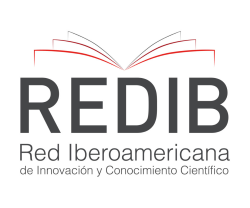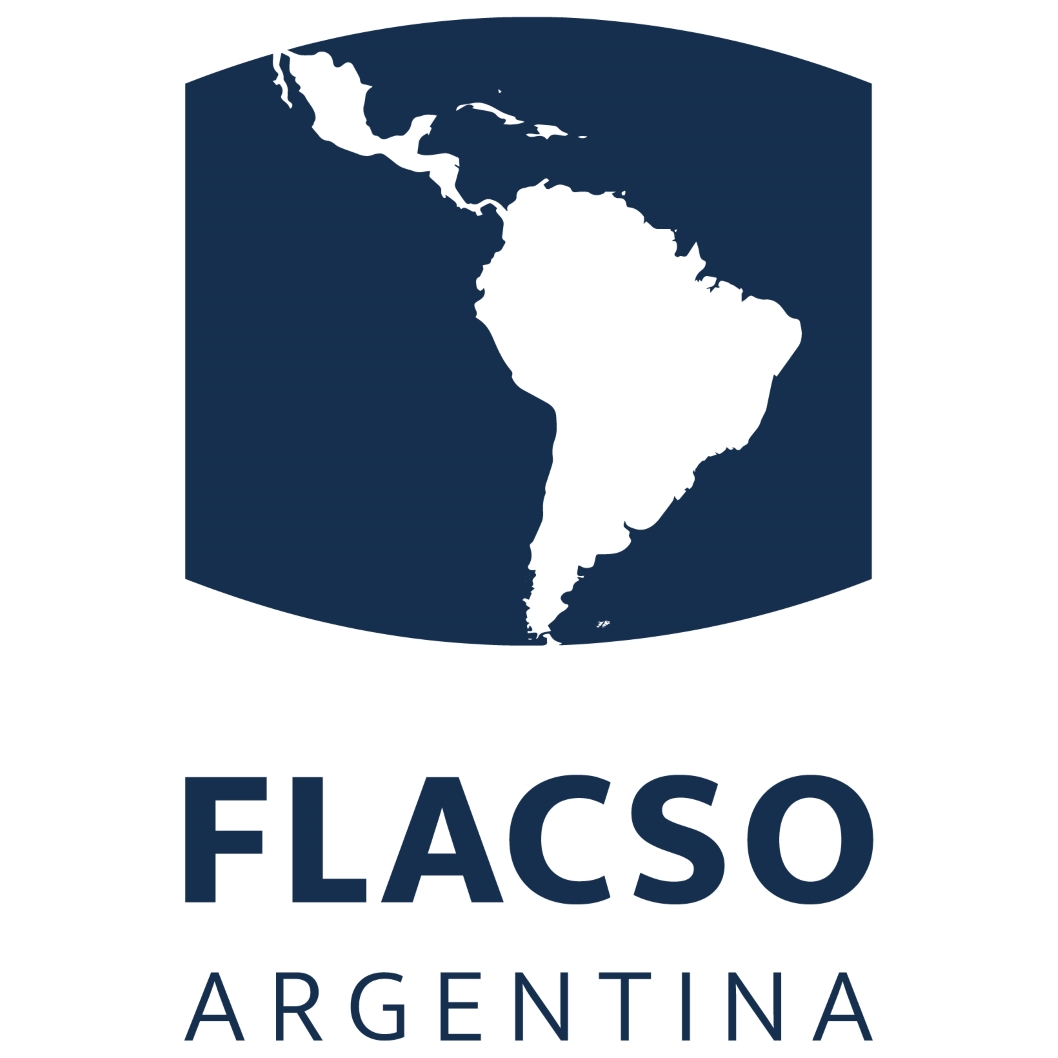Micosis fungoide presentación agresiva, reporte de caso
Resumen
La micosis fungoide (MF) es una entidad rara, que tiene potencial mortal, en estadios avanzados la mortalidad a 5 años ronda el 54%, a pesar de utilizar medicación de última generación, se presenta el caso de una paciente de 40 años con MF estadio IVB, que en un inicio confunde su diagnóstico con enfermedad de Hansen, no tuvo respuesta a la primera línea de tratamiento en base a metotrexato monodroga y al iniciar segunda línea con etopósido monodroga, paciente sucumbe a infección severa.
Descargas
Citas
Korgavkar K, Xiong M, Weinstock M. Changing incidence trends of cutaneous T-cell lymphoma. JAMA dermatology. 2013 Nov;149(11):1295–9.
Larocca C, Kupper T. Mycosis Fungoides and Sézary Syndrome: An Update. Hematology/Oncology Clinics of North America [Internet]. 2019;33(1):103–20. Available from: https://www.sciencedirect.com/science/article/pii/S0889858818307895
Kim YH, Liu HL, Mraz-Gernhard S, Varghese A, Hoppe RT. Long-term outcome of 525 patients with mycosis fungoides and Sezary syndrome: clinical prognostic factors and risk for disease progression. Archives of dermatology. 2003 Jul;139(7):857–66.
Riley DS, Barber MS, Kienle GS, Aronson JK, von Schoen-Angerer T, Tugwell P, et al. CARE guidelines for case reports: explanation and elaboration document. Journal of Clinical Epidemiology [Internet]. 2017;89:218–35. Available from: https://doi.org/10.1016/j.jclinepi.2017.04.026
Pujol RM, Gallardo F. Cutaneous Lymphomas — Part I: Mycosis Fungoides, Sézary Syndrome, and CD30+ Cutaneous Lymphoproliferative Disorders. Actas Dermo-Sifiliográficas (English Edition) [Internet]. 2021;112(1):14–23. Available from: https://www.sciencedirect.com/science/article/pii/S1578219020303681
Vaidya T, Badri T. Mycosis Fungoides. In Treasure Island (FL); 2023.
Li G, Vowels BR, Benoit BM, Rook AH, Lessin SR. Failure to detect human T-lymphotropic virus type-I proviral DNA in cell lines and tissues from patients with cutaneous T-cell lymphoma. The Journal of investigative dermatology. 1996 Sep;107(3):308–13.
Hristov AC, Tejasvi T, Wilcox RA. Mycosis fungoides and Sézary syndrome: 2019 update on diagnosis, risk-stratification, and management. American Journal of Hematology [Internet]. 2019 Sep 1;94(9):1027–41. Available from: https://doi.org/10.1002/ajh.25577
Jonak C, Tittes J, Brunner PM, Guenova E. Mycosis fungoides and Sézary syndrome. JDDG: Journal der Deutschen Dermatologischen Gesellschaft [Internet]. 2021;19(9):1307–34. Available from: https://doi.org/10.1111/ddg.14610
Olsen E, Vonderheid E, Pimpinelli N, Willemze R, Kim Y, Knobler R, et al. Revisions to the staging and classification of mycosis fungoides and Sezary syndrome: a proposal of the International Society for Cutaneous Lymphomas (ISCL) and the cutaneous lymphoma task force of the European Organization of Research and Treatment of Cancer (EORTC). Blood. 2007 Sep;110(6):1713–22.
Pulitzer MP, Horna P, Almeida J. Sézary syndrome and mycosis fungoides: An overview, including the role of immunophenotyping. Cytometry Part B, Clinical cytometry. 2021 Mar;100(2):132–8.
Campbell JJ, Clark RA, Watanabe R, Kupper TS. Sezary syndrome and mycosis fungoides arise from distinct T-cell subsets: a biologic rationale for their distinct clinical behaviors. Blood. 2010 Aug;116(5):767–71.
Miyagaki T. Diagnosis of Early Mycosis Fungoides. Vol. 11, Diagnostics. 2021.
Park J, Yang J, Wenzel AT, Ramachandran A, Lee WJ, Daniels JC, et al. Genomic analysis of 220 CTCLs identifies a novel recurrent gain-of-function alteration in RLTPR (p.Q575E). Blood. 2017 Sep;130(12):1430–40.
Sanches JA, Cury-Martins J, Abreu RM, Miyashiro D, Pereira J. Mycosis fungoides and Sézary syndrome: focus on the current treatment scenario. Anais brasileiros de dermatologia. 2021;96(4):458–71.
Fung MA, Murphy MJ, Hoss DM, Grant-Kels JM. Practical evaluation and management of cutaneous lymphoma. Journal of the American Academy of Dermatology. 2002 Mar;46(3):325–57; quiz, 358–60.
Kaye FJ, Bunn PAJ, Steinberg SM, Stocker JL, Ihde DC, Fischmann AB, et al. A randomized trial comparing combination electron-beam radiation and chemotherapy with topical therapy in the initial treatment of mycosis fungoides. The New England journal of medicine. 1989 Dec;321(26):1784–90.
García-Díaz N, Piris MÁ, Ortiz-Romero PL, Vaqué JP. Mycosis Fungoides and Sézary Syndrome: An Integrative Review of the Pathophysiology, Molecular Drivers, and Targeted Therapy. Cancers. 2021 Apr;13(8).
Duarte RF, Boumendil A, Onida F, Gabriel I, Arranz R, Arcese W, et al. Long-term outcome of allogeneic hematopoietic cell transplantation for patients with mycosis fungoides and Sézary syndrome: a European society for blood and marrow transplantation lymphoma working party extended analysis. Vol. 32, Journal of clinical oncology : official journal of the American Society of Clinical Oncology. United States; 2014. p. 3347–8.
Hughes CFM, Khot A, McCormack C, Lade S, Westerman DA, Twigger R, et al. Lack of durable disease control with chemotherapy for mycosis fungoides and Sézary syndrome: a comparative study of systemic therapy. Blood. 2015 Jan;125(1):71–81.
Derechos de autor 2023 Miguel Ángel Fernández Freire ;Erika Maribel Pavón Vallejos;Victor Manuel Zhiminay Vega;Luis Guiterrez;Vladimir Alfredo Paca Guamushi

Esta obra está bajo licencia internacional Creative Commons Reconocimiento 4.0.













.png)




















.png)
1.png)


